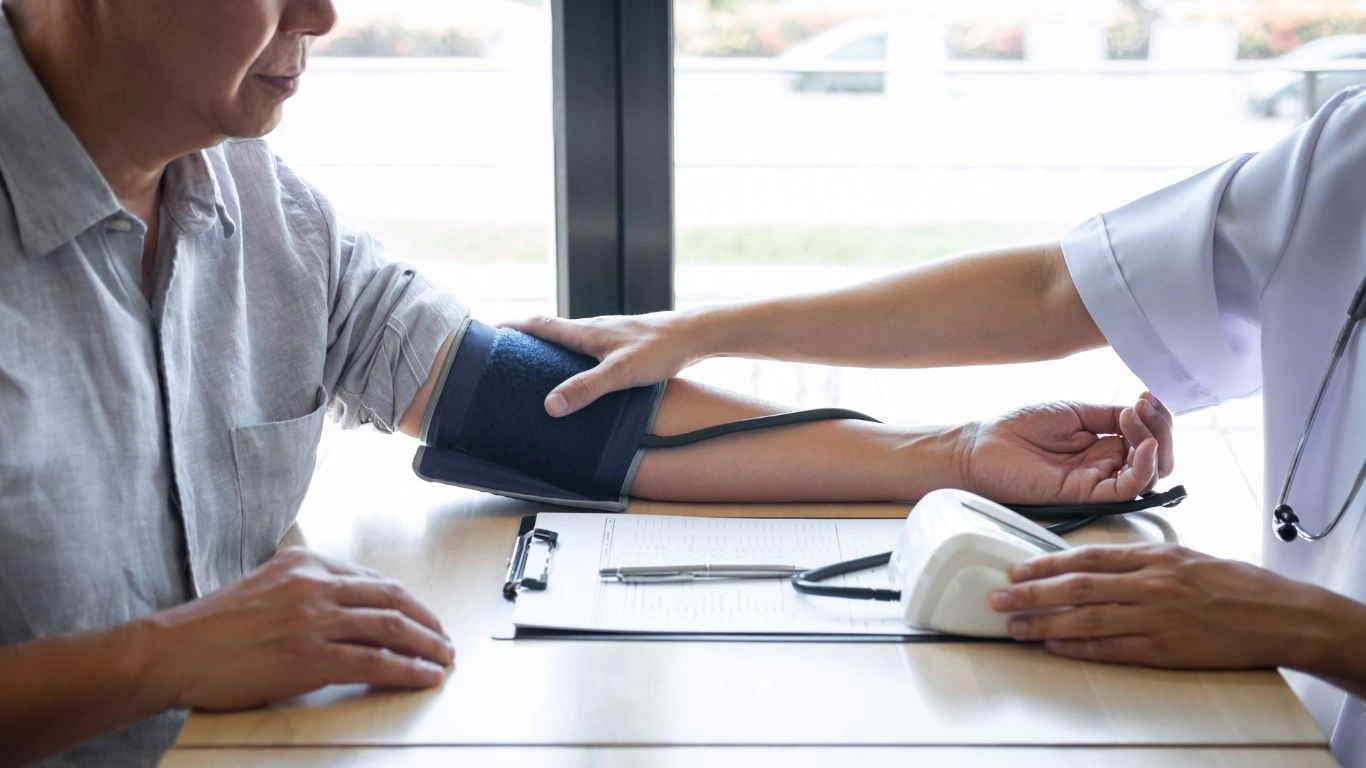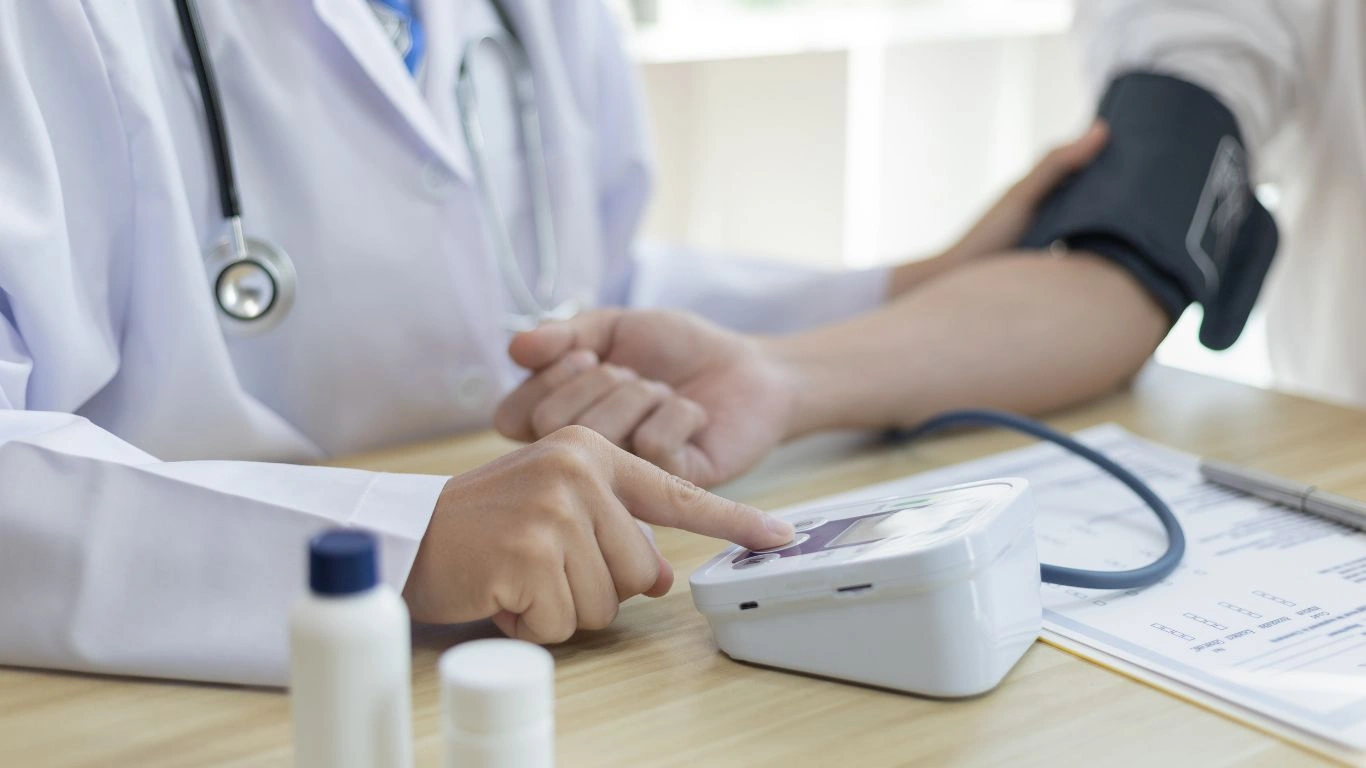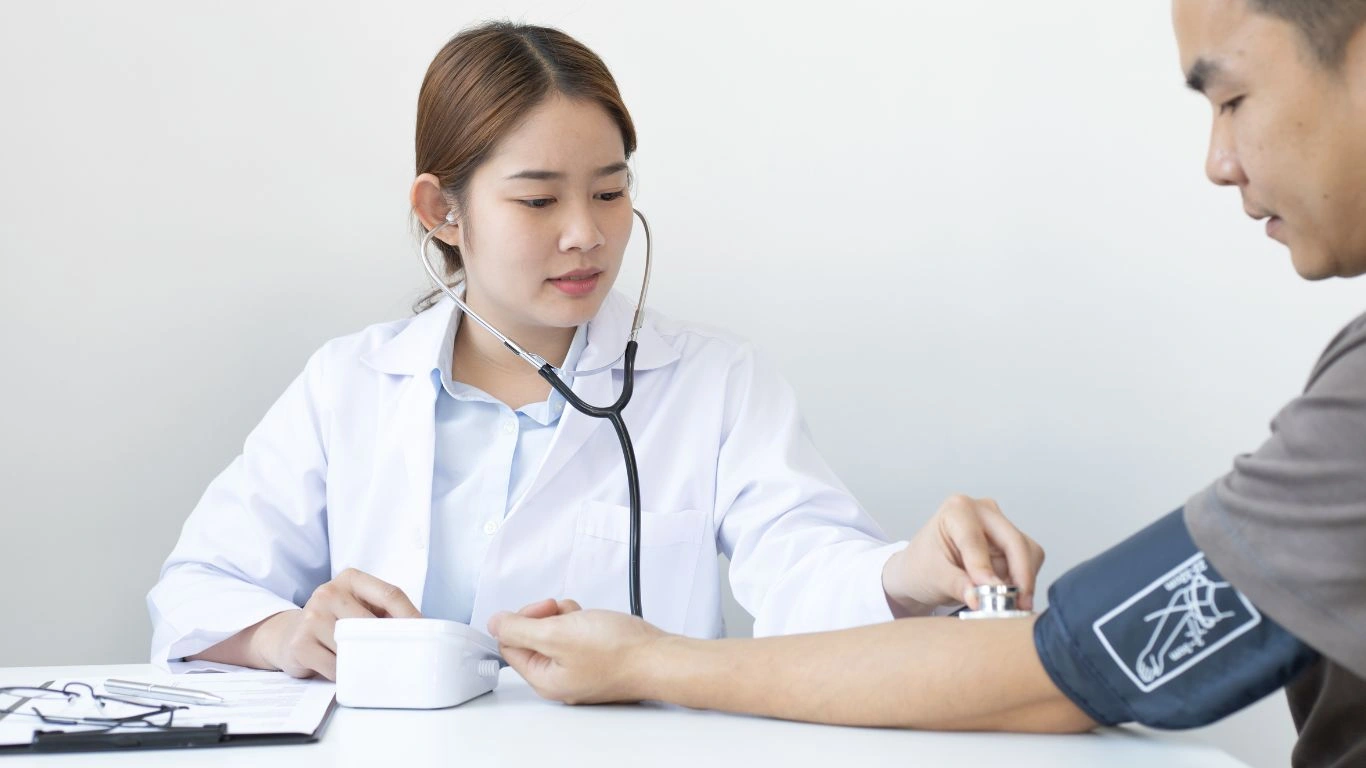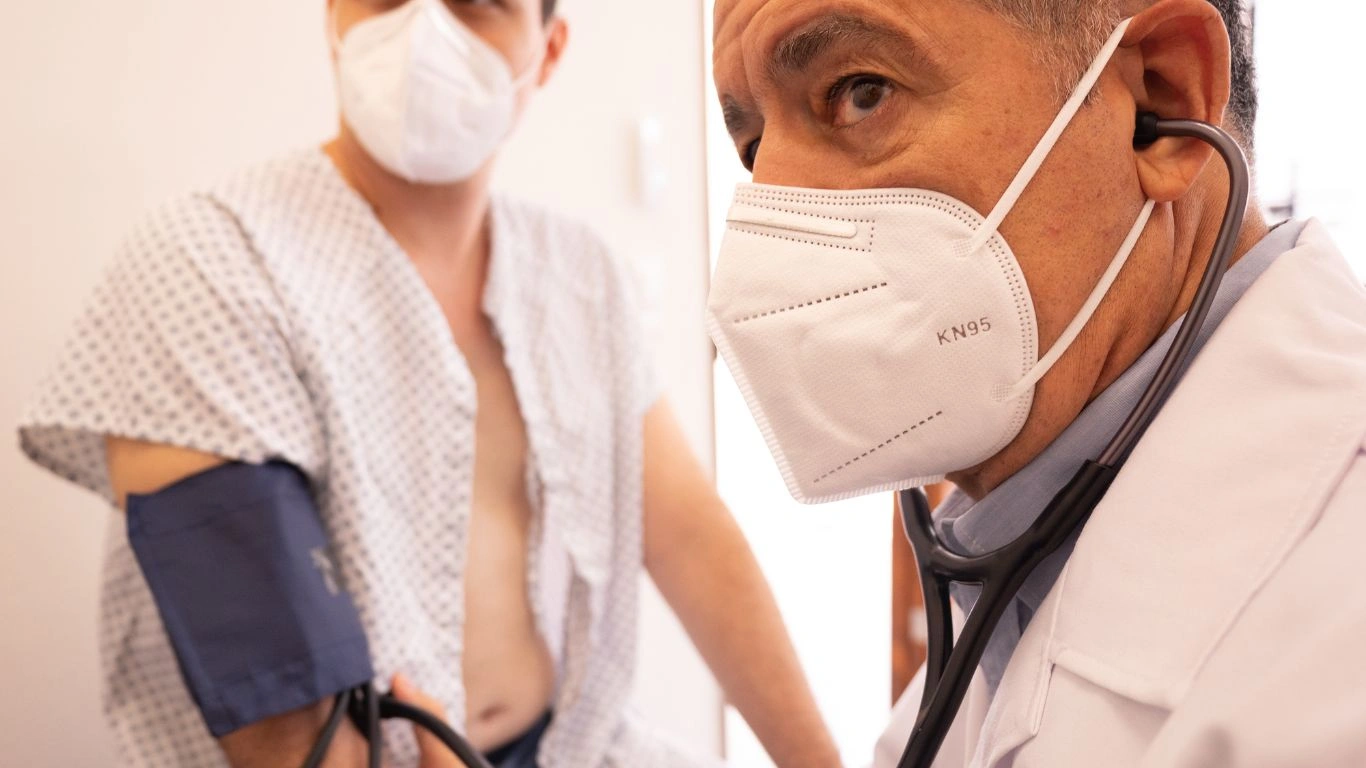Top 10 Best Antihypertensive Foods for Busy Lifestyles That Work
If you’ve ever had a patient’s blood pressure spike just after they rattled off their to-do list, you know we’re not just treating hypertension—we’re treating life. As an Internal Medicine physician who’s spent years diving deep into hypertension management, I get how overwhelming lifestyle adjustments can feel, especially when time is tight. That’s why I want to talk about something I get asked a lot: what are the best antihypertensive foods for busy lifestyles? No fluff. No food trends. Just real talk from my clinic to your kitchen.
What Makes a Food “Antihypertensive” Anyway?

Let’s be honest: patients don’t care about potassium-to-sodium ratios—they care about grabbing something between meetings that won’t wreck their numbers. But behind the scenes, that’s exactly what we’re optimizing. Antihypertensive foods tend to have these things in common:
- Rich in potassium, magnesium, and fiber
- Low in sodium and processed sugars
- Whole or minimally processed
- Anti-inflammatory effects that support vascular health
But here’s the kicker—it doesn’t have to mean kale salads and quinoa every day (unless you’re into that). I’ve seen real success with small, consistent changes, even in patients juggling two jobs, kids, and minimal cooking time.
Smart Food Swaps for Time-Starved Schedules

1. Oats Over Bagels
It sounds simple, but switching from a morning bagel to a quick bowl of plain oats can be a game-changer. I tell my patients: “Give oats five minutes and they’ll give your arteries a hug.” They’re high in soluble fiber, which helps reduce LDL cholesterol and blood pressure. Sprinkle on some ground flaxseeds and berries, and you’ve got a powerhouse breakfast that takes less time than waiting in a drive-thru.
2. Avocado Instead of Cheese on Toast
Cheese is a hidden sodium bomb. Avocado? Not so much. It’s loaded with potassium and healthy fats, and if you mash it up with a pinch of lemon and garlic powder, you’ve got an instant spread that actually supports your heart. I sometimes stash a ripe avocado in my work bag—seriously. It’s portable, and I’ve eaten it with a spoon between clinic sessions.
3. Greek Yogurt Beats Flavored Cups
The yogurt aisle can be a landmine. Most flavored yogurts sneak in enough sugar to make your pancreas cry. I always suggest plain Greek yogurt with a drizzle of honey and a few walnuts instead. It’s protein-packed, calcium-rich, and doesn’t spike blood sugar. Plus, it’s super fast—no prep, no mess.
Building a “No-Brainer” Grocery List

I get it—grocery shopping is nobody’s idea of weekend fun. But having a go-to antihypertensive shopping list makes it way less stressful. I like to think in categories, not recipes. That way, whether you’re shopping for a family of five or just yourself, you’ve got building blocks you can mix and match.
Here’s a super-simple antihypertensive starter list:
- Produce: Bananas, spinach, berries, carrots, bell peppers
- Proteins: Canned beans, grilled chicken strips, tofu, salmon (fresh or canned)
- Whole grains: Brown rice, quinoa, whole grain wraps, oats
- Dairy (or alternatives): Plain Greek yogurt, unsweetened almond milk
- Pantry items: Olive oil, unsalted nuts, low-sodium broth, garlic, lemon
These are the foods I keep in my own kitchen—and recommend every week in clinic. They’re quick, flexible, and won’t make you feel like you’re on some restrictive “blood pressure diet.” Honestly, I’ve seen more BP drops from snack swaps than from any 10-day juice cleanse someone tried on TikTok.
The Real-Life Struggle: Making It Stick
Here’s something I tell my patients, especially the busy professionals and parents: consistency beats perfection every time. If you eat one great meal a day that supports your blood pressure, you’re making a difference. Life’s chaotic, and I’d be lying if I said my own meals are always textbook-perfect. But with a few go-to options and a stocked pantry, it gets easier.
In the next part, we’ll dig into specific meal prep strategies, on-the-go snack hacks, and some underrated antihypertensive foods that don’t get nearly enough attention—but for now, just remember: your heart doesn’t need perfect. It needs better choices more often.
Meal Prep Without Losing Your Weekend

Let’s talk about meal prep—without the Tupperware tower of doom. I used to think meal prep meant spending half of Sunday roasting, chopping, portioning… and honestly, who has the time? Most of my patients don’t. Heck, I don’t. That’s why I now recommend what I call “micro-prep.” It’s meal prep that fits into your life—not the other way around.
Here’s what works for me and my busiest patients:
- Prep three core ingredients: a whole grain (like brown rice or quinoa), a protein (like grilled chicken or black beans), and some kind of veg (roasted broccoli, sautéed spinach, or raw sliced peppers).
- Keep seasoning simple: Olive oil, lemon, garlic, smoked paprika, or even a splash of low-sodium soy sauce.
- Assemble on the fly: Wrap it in a tortilla, throw it over greens, or toss it in a bowl with some avocado. Done.
One of my go-to tricks? Roast a whole tray of veggies while you’re watching Netflix. The oven does the work, and you’ve got ready-to-go add-ins for days. I once prepped five meals during a Sunday Zoom meeting—with my camera off, of course. Priorities.
Snack Hacks That Support Blood Pressure

If there’s one area I see patients struggle most with, it’s snacks. The vending machine is too close, and those 3 p.m. cravings hit hard. So, here’s my no-fuss snack list that supports best antihypertensive foods for busy lifestyles—zero stress, zero guilt:
Top 5 Easy Grab-and-Go BP-Friendly Snacks:
- Unsalted almonds or pistachios – Healthy fats, magnesium, and crunch without the salt bomb.
- Banana with peanut butter – Potassium + protein = heart-friendly energy boost.
- Low-fat string cheese + apple slices – Quick, balanced, and surprisingly filling.
- Whole grain crackers with hummus – Fiber + plant-based protein without the heavy sodium.
- Greek yogurt with chia seeds – Probiotic and fiber-rich. I literally keep this combo in my work fridge.
When patients tell me, “I don’t have time to snack healthy,” I get it. But a little preparation can really pay off. I encourage folks to build a snack drawer—just like a kid’s lunchbox, but for adults who want to keep their BP in check. Throw in some trail mix, dried fruit (unsweetened), and you’re good to go.
Underrated Antihypertensive Foods You’re Probably Overlooking

Everyone knows about bananas and spinach, but there are some sleeper hits in the food world when it comes to blood pressure. These are the ones I find myself recommending again and again—mostly because they’re tasty, versatile, and sneakily powerful.
1. Beets (or beet juice)
Beets are rich in dietary nitrates, which help relax blood vessels and improve circulation. I had a patient who started drinking a small glass of beet juice each morning, and their systolic BP dropped by 7 points over three weeks. It’s not magic—it’s science. Add beets to salads, smoothies, or roast them for a sweet-savory side.
2. Pumpkin Seeds
These little guys are magnesium-packed and help reduce systolic and diastolic pressure. I toss them on salads, oatmeal, or eat them by the handful. Just make sure they’re unsalted. Most flavored versions are loaded with sodium.
3. Lentils
Lentils are a plant-based protein powerhouse, rich in potassium and fiber. They’re also super budget-friendly. I keep canned lentils in my pantry for emergencies—meaning, days when cooking anything feels like too much. Toss them with olive oil, lemon, and herbs and you’ve got a 5-minute meal.
4. Hibiscus Tea
This one always surprises people. Hibiscus tea (unsweetened, of course) can help lower blood pressure thanks to its antioxidant content. I’ve had patients swap out their second coffee for hibiscus and not only did their BP improve, but so did their sleep. Win-win.
5. Dark Chocolate (yes, really)
A small square (70% cacao or higher) a day can support vascular function. I usually recommend sticking to 1 oz or less and skipping the sugary versions. But yes—chocolate can actually be part of your BP toolkit. Just don’t go overboard.
I always say, it’s not about adding everything at once. Pick one or two to start with. Even one small change—like switching from chips to pumpkin seeds—can create momentum. And when it’s something you actually enjoy? That’s how real habits stick.
Don’t Forget the Hydration Factor
Water doesn’t get enough credit. I know, it sounds boring—but so many of my patients walk around slightly dehydrated, which makes their blood pressure worse. And when you’re dehydrated, your body holds onto sodium like it’s gold.
Quick hydration wins I often recommend:
- Start your day with a full glass of water – Before coffee, before breakfast. This sets the tone.
- Infuse water with lemon, cucumber, or mint – Adds flavor without sugar.
- Carry a water bottle you actually like using – It sounds silly, but if it fits in your bag and looks cool, you’re more likely to drink from it. Trust me on this one.
In clinic, I often ask patients not just what they’re eating—but what they’re drinking. And hydration often ends up being the lowest-hanging fruit for fast improvements in both blood pressure and overall energy levels.
Incorporating Antihypertensive Foods Into Your Daily Routine

By now, you might be thinking, “Gwenna, this all sounds great, but how do I actually make it part of my day without turning into a short-order cook or spending hours in the kitchen?” Believe me, I get it. Over years in practice, I’ve learned that the best changes are the ones you can stick with—even when life feels like a nonstop whirlwind.
One of my favorite strategies is to blend antihypertensive foods into what you’re already doing. For example, if you love smoothies, add a handful of spinach or a scoop of chia seeds. If you grab a morning coffee, pair it with a small banana or a few walnuts. Small tweaks that feel natural rather than forced.
I also encourage patients to think in terms of “color.” The more vibrant your plate, the better for your blood pressure. Reds, greens, oranges, purples—they bring different antioxidants and nutrients that support vascular health. So don’t stress about strict “diets” but focus on variety and balance.
How I Approach It Personally
Quick confession: I’m a huge fan of convenience, and my own schedule can get hectic. So, I keep things simple. My fridge usually has pre-washed spinach, some roasted chicken strips, and pre-cooked quinoa or brown rice. Toss those together with olive oil and lemon juice, and I’ve got a quick, heart-friendly meal. I’m a big believer in “good enough” rather than “perfect.”
Also, remember that food is only one part of the hypertension puzzle. Sleep, stress management, and physical activity play major roles too. I always emphasize this in my clinic visits because it’s about the whole lifestyle—not just one aspect.
Why Food Matters as Much as Medications

As a physician, I’ve seen patients worried that diet alone won’t “cut it” and that only medications work. While meds are often necessary and lifesaving, I’ve also witnessed countless cases where incorporating the best antihypertensive foods for busy lifestyles has enhanced medication effectiveness or even reduced doses.
Food affects your blood vessels, inflammation levels, and kidney function—all critical in managing hypertension. The DASH diet is the classic example we cite in guidelines, but what I stress is flexibility. You don’t need to overhaul your entire life overnight. Gradual, sustainable changes can improve your numbers, quality of life, and sometimes reduce medication side effects.
One patient I treated started with just swapping out her salty snacks for unsalted nuts and adding a couple of servings of berries daily. Within three months, her systolic blood pressure dropped by 8 points. That’s not magic, just solid nutritional science and consistency.
Final Tips for Busy People Managing Hypertension
- Plan for leftovers: Double your dinner recipe and pack the extras for next-day lunches. Saves time and keeps your blood pressure-friendly meals handy.
- Use smart shortcuts: Frozen veggies and pre-washed greens are just as nutritious and save tons of prep time.
- Season smartly: Use herbs, spices, lemon, and vinegar instead of salt. Flavorful food doesn’t have to be salty.
- Stay mindful of portions: Overeating—even healthy foods—can strain your heart and blood vessels.
- Check your meds and diet together: Always discuss dietary changes with your healthcare provider, especially if you’re on blood pressure meds, to avoid issues like potassium imbalance.
Remember, managing hypertension is a marathon, not a sprint. With a few practical food choices tailored to your busy life, you can support your heart and arteries without feeling overwhelmed or restricted.
References
Disclaimer
This article is intended for informational purposes only and does not substitute professional medical advice, diagnosis, or treatment. Always consult with your healthcare provider before making any significant changes to your diet or medication regimen, especially if you have underlying health conditions or are taking prescription medications.

Dr. Gwenna Aazee is a board-certified Internal Medicine Physician with a special focus on hypertension management, chronic disease prevention, and patient education. With years of experience in both clinical practice and medical writing, she’s passionate about turning evidence-based medicine into accessible, actionable advice. Through her work at Healthusias.com, Dr. Aazee empowers readers to take charge of their health with confidence and clarity. Off the clock, she enjoys deep dives into nutrition research, long walks with her rescue pup, and simplifying medical jargon one article at a time.






